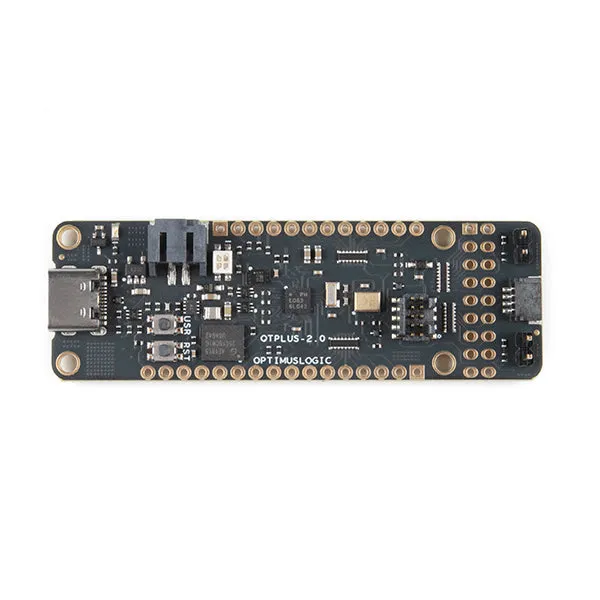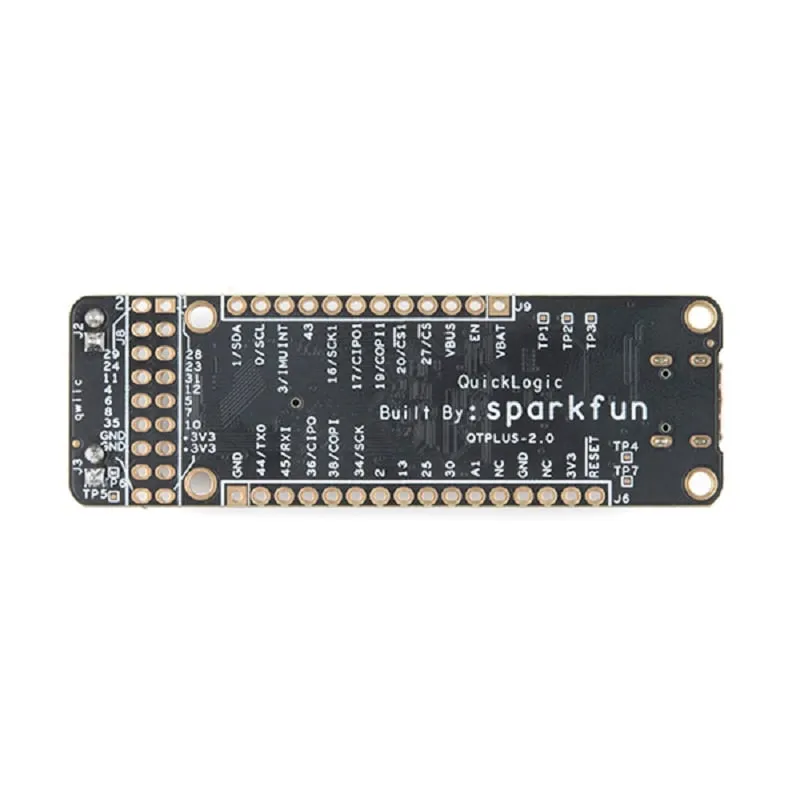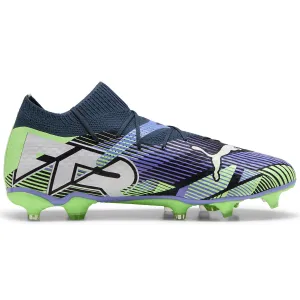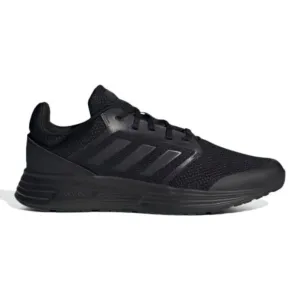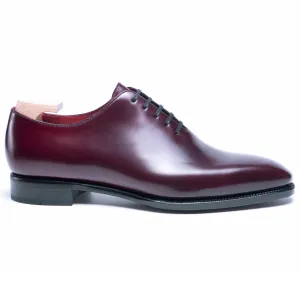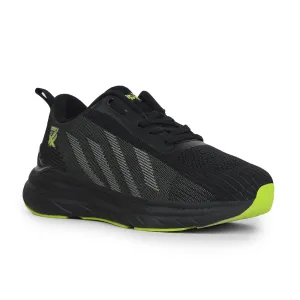- Microcontroller chip: Arm® Cortex®-M4F Microcontroller
- Power Supply: Regulated 3.3 V
- Clock Frequency:80 MHz
- SRAM:512 KB
- Weight:6 gm
- Single Cell LiPo battery
- On-board charging circuitry – Microchip MCP73831/2
- Standard LiPo JST connector
- SWD programming connector for use with USB-TTL converter
- USB data signals are tied to eFPGA programmable logic
- UART available via I/O headers
The SparkFun QuickLogic Thing Plus EOS™ S3, is a small form factor system ideal for enabling the next generation of low-power Machine Learning (ML) devices. The QuickLogic Thing Plus is powered by QuickLogic’s EOS S3, the first FPGA-enabled Arm Cortex©-M4F MCU to be fully supported with Zephyr RTOS and FreeRTOS. Unlike other development boards which are based on proprietary hardware and software tools, the QuickLogic Things Plus is based on 100% open-source hardware, compatible with the Feather form factor, and is built around 100% open source software (with support for FreeRTOS, Zephyr, Minden, Docker, and SymbiFlow).
Between the onboard LiPo battery connector and charging circuitry, wake-on-sound PDM microphone, and low-power, three-axis accelerometer, this Thing Plus board is ideal for wearable, voice, gesture sensing applications. The strong firmware support for the microphone and accelerator makes it easy to move sensor data into the embedded FPGA. From there, you can use SensiML, TensorFlow Lite, or other tools to train and run embedded machine learning algorithms specific to your application. The board also includes a Qwiic connector to quickly interface with an ecosystem of 150 I2C-compatible boards such as sensors, RFID readers, displays, keypads, and relays.

 Cart(
Cart(